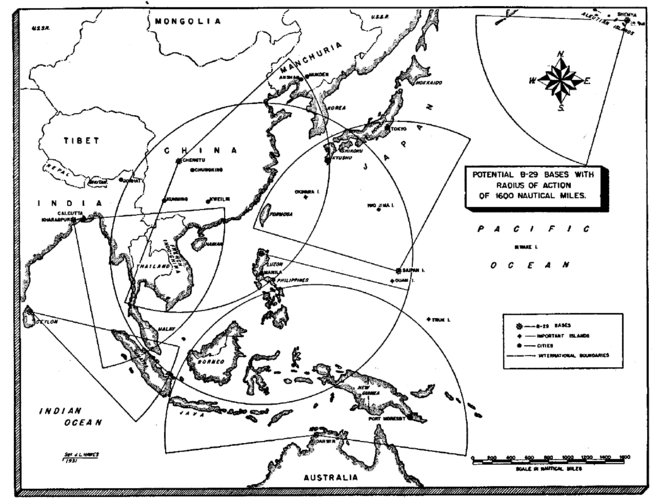Here's my speculation, informed by what I'm hearing:
USN F/A-XX
1. NG and Boeing are providing system solutions that directly respond to the Navy's cost-conscious set of requirements.
2. LM has been insistent on offering a higher-end technological solution, one that the Navy is not comfortable with operationally and/or clearly knows it can not afford.
3. LM and the carrier-based Navy haven't had a close relationship since the S-3A program. LM's tone-deaf marketing approach may be attributed to either (a) protecting its F-35B/C franchise; or (b) reluctance to engage due to Kelly Johnson's unwritten 15th rule for the Skunk Works.
https://en.wikipedia.org/wiki/Kelly_Johnson_(engineer)
USAF NGAD-PCA
1. Boeing was tentatively selected for the award, prior to Kendall or OSD calling for a time out.
2. Boeing's poor performance on numerous past and ongoing programs may have contributed to Kendall/OSD's cold feet.
3. Meanwhile LM's performance on the DARPA-led flight demonstration program(s) suffered from significant schedule slip and cost overrun. "Past Performance" is often a heavily-weighted criterion in major acquisition source selections.
4. NG decision to not compete for NGAD-PCA is likely tied to protecting or growing its B-21 franchise.



